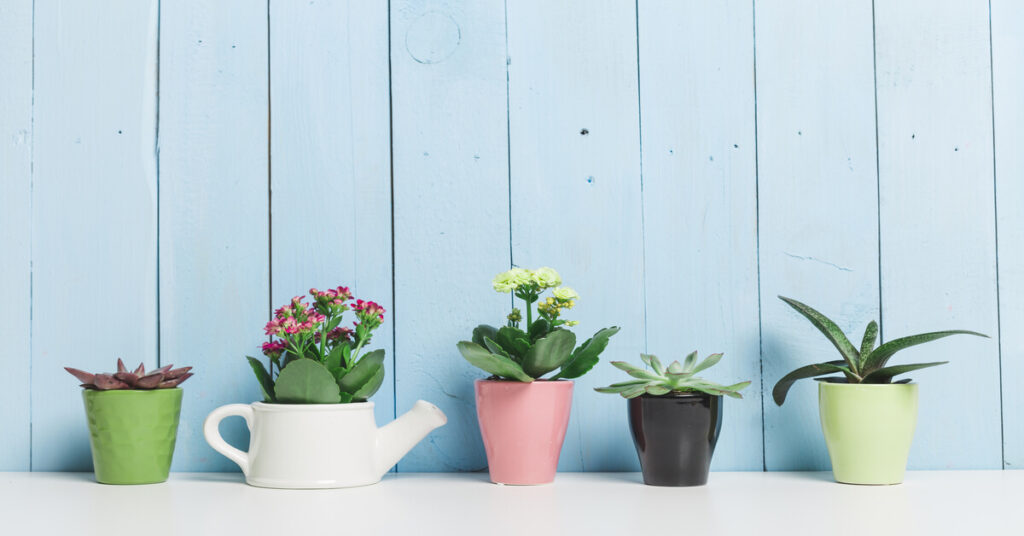Indoor air humidity can cause various issues when it gets too high, but humidity lowering houseplants can help. High humidity levels can lead to mold and mildew growth in the home. It is recommended to keep indoor air humidity between 30% and 50% for optimal comfort and health.
Dehumidifiers are one solution for lowering humidity, but humidity absorbing houseplants work too. While all plants release moisture when they transpire, some release much more than others. Certain plants also have structures such as trichomes and aerial roots which can pull moisture from the air.
Plants that dehumidify the air can also provide other benefits. They can act as air purifiers and caring for houseplants has been shown to reduce stress. In this article, we will discuss the best plants to reduce humidity in your home.
Air Plants (Tillandsia spp.)
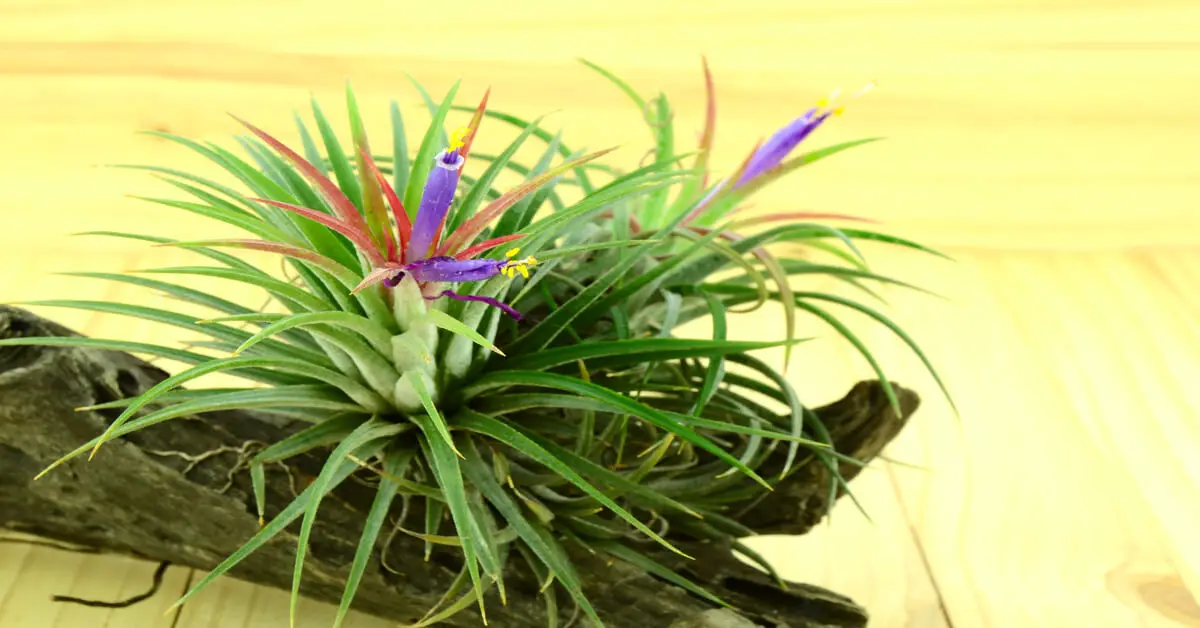
Air plants are evergreen perennials and are members of the Bromeliad family (Bromeliaceae). They are epiphytes which means they grow on other plants but don’t cause harm to them. They take in nutrients from the air and water around them, as well as any debris which may fall around them.
As epiphytes, air plants help reduce humidity indoors by absorbing moisture from the air with their aerial roots. They can be grown without soil, which makes them even better at reducing humidity.
When you water a plant grown in soil, the moisture will evaporate from the soil’s surface raising indoor humidity levels slightly. If you grow soilless air plants, you won’t have to worry about this source of indoor humidity. This makes air plants one of the best plants for reducing indoor humidity levels.
Monstera spp.
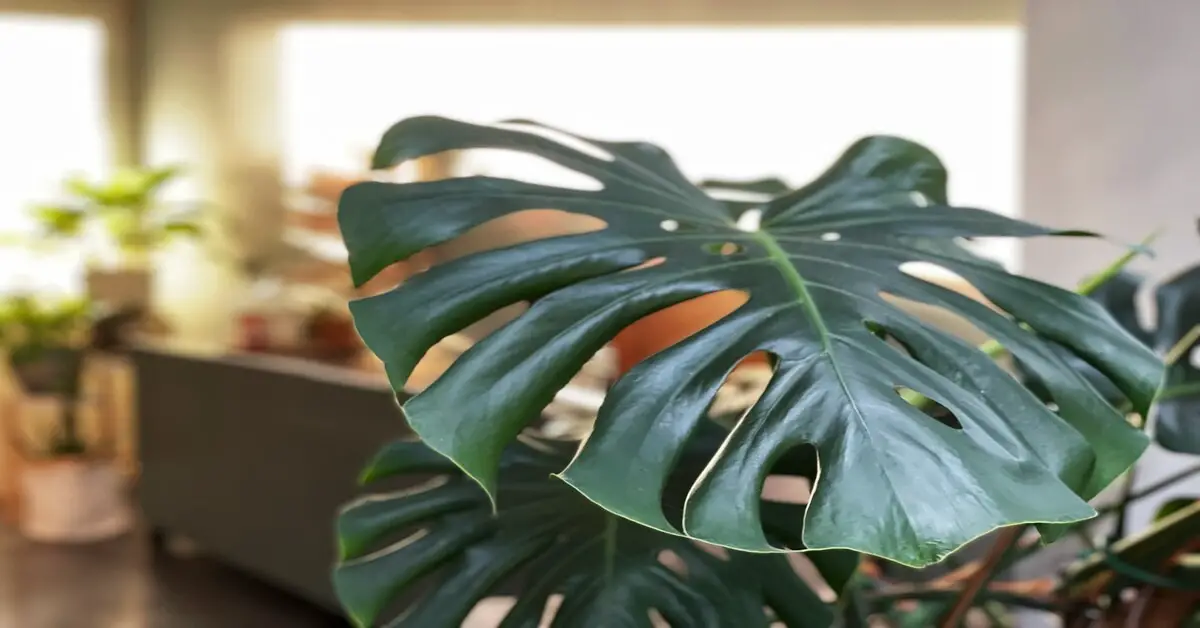
Monstera plants are perennial, evergreen members of the Arum family (Araceae). They are vining plants that climb up trees in their natural, rainforest habitat. Since they grow both in the soil and on other plants, they’re considered hemiepiphytes.
Similar to air plants, Monstera spp. produce aerial roots to help anchor them to the trees they climb. The aerial roots also absorb moisture and nutrients from the air and water. This makes them good plants to grow indoors to reduce humidity.
As Monstera plants grow larger, they produce more aerial roots making them more efficient humidity reducers. Any Monstera plant with aerial roots will help reduce humidity. However, those with large fenestrations in their leaves work best.
Plants can add some moisture to the air through their leaves when they transpire. Leaves with fenestrations have less surface area. Therefore, they won’t produce as much moisture through transpiration.
Philodendron spp.
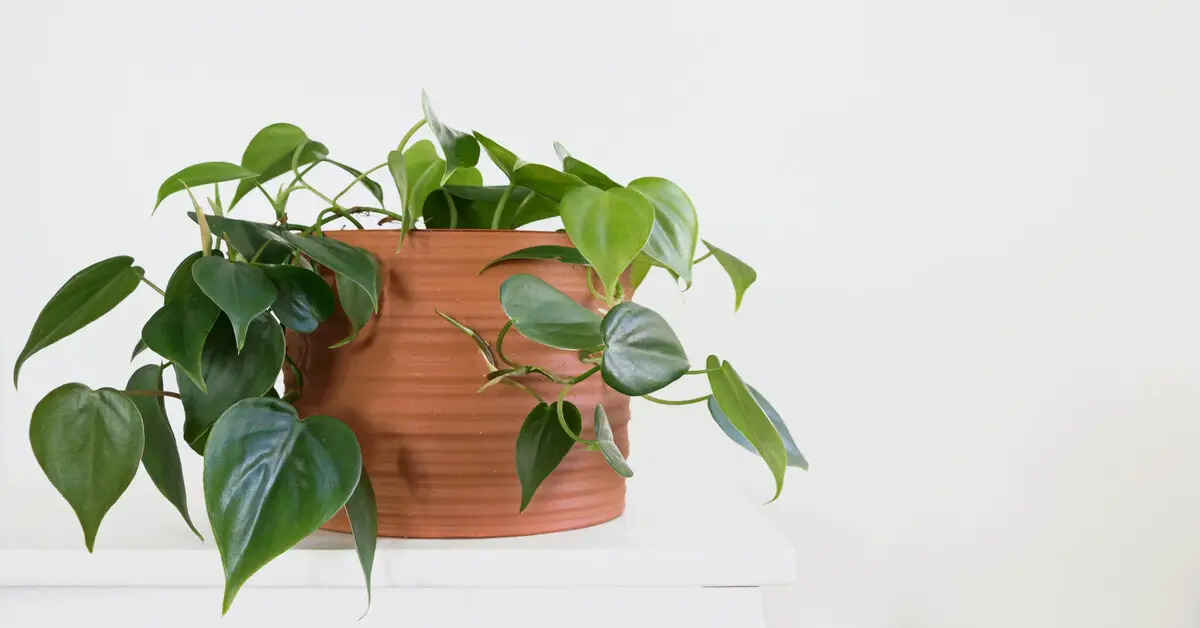
Philodendrons are another group of perennial plants in the Arum family (Araceae). They have a wide variety of growth forms. Most are either epiphytes or hemiepiphytes.
The most common houseplant philodendron is probably the Green Heartleaf Philodendron (Philodendron hederaceum). They can grow in low-light settings making them popular office plants.
Philodendrons are great humidity-reducing plants because they produce aerial roots. They tend to produce more aerial roots if you give them something to grow on like a moss pole or trellis. To maximize their humidity-reducing potential, make sure you give them something to climb.
Lacy Tree Philodendron (Thaumatophyllum bipinnatifidum)
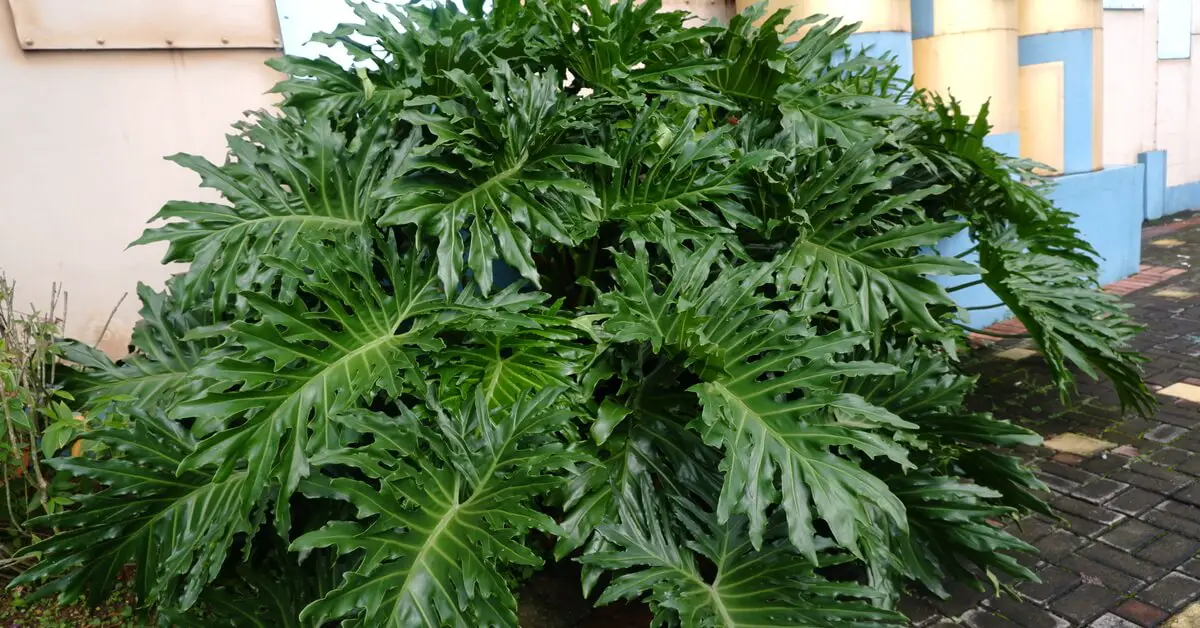
Lacy Tree Philodendron is a perennial plant in the Arum family (Araceae). They’re typically evergreens but will die back and resprout if exposed to freezing temperatures. They used to be classified in the genus Philodendron but were moved to the Thaumatophyllum genus in 2018.
These plants produce aerial roots which allow them to dehumidify the air indoors. They also have deeply lobed leaves, which reduces their surface area and humidity outputs.
Golden Pothos (Epipremnum aureum)
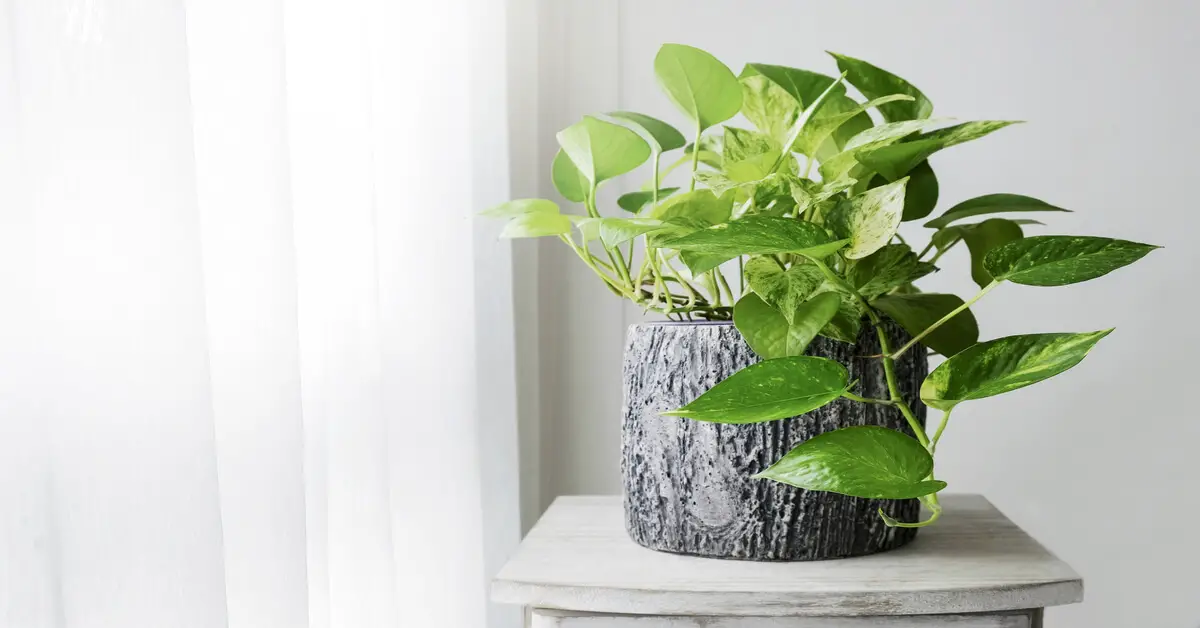
Golden pothos is a perennial vining plant in the Arum family (Araceae). It used to be a member of the Pothos genus
but was moved to the Epipremnum genus in 1964. Golden pothos is a common houseplant species because it’s easy to care for and hard to kill.Golden pothos produces aerial roots which allow them to climb up trees in their native habitat. Like Philodendron spp., it will produce more aerial roots if you provide it with something to grow up. The aerial roots will absorb moisture from the surrounding air.
Golden pothos is also similar to Philodendron hederaceum in that it can survive in low-light settings. Consider growing either of these plants in your bathroom. They can help reduce the humidity produced by your shower.
Orchids

Orchids are a diverse group of flowering perennial plants with more than 28,000 species in the family Orchidaceae. The most common houseplant species are in the genus Phalaenopsis and Cattleya.
Most houseplant species are epiphytes that produce aerial roots. The aerial roots will pull moisture from the air which allows them to reduce indoor humidity. Their long-lasting flowers make them the most visually pleasing humidity absorbing houseplants.
Aloe Vera
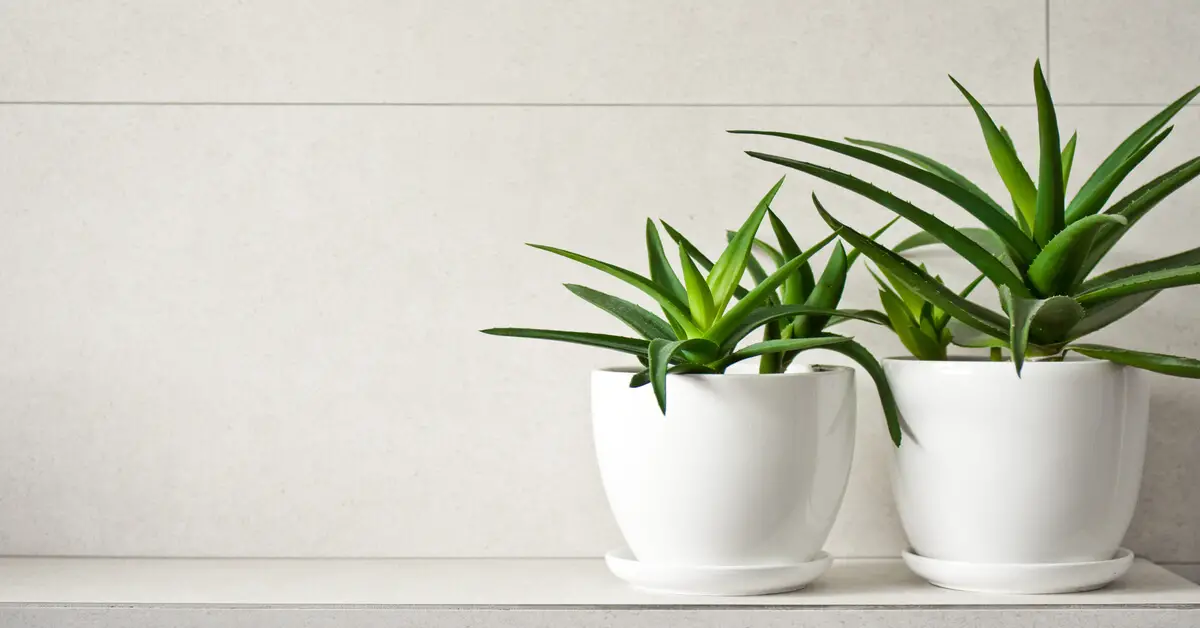
Aloe vera is a succulent perennial in the family Asphodelaceae. Succulents are great at reducing indoor humidity. They have two specialized cells in their leaves for absorbing and retaining moisture.
Succulent plant leaves have parenchyma cells that are used to store water[1]. They also have mucilage cells that aid with water retention. Mucilage cells help prevent water loss through the leaves.
Together, the parenchyma and mucilage cells allow Aloe Vera to absorb humidity from the air and retain it. Their leaves also lose very little water through transpiration making them one of the best dehumidifying plants.
Echeveria spp.
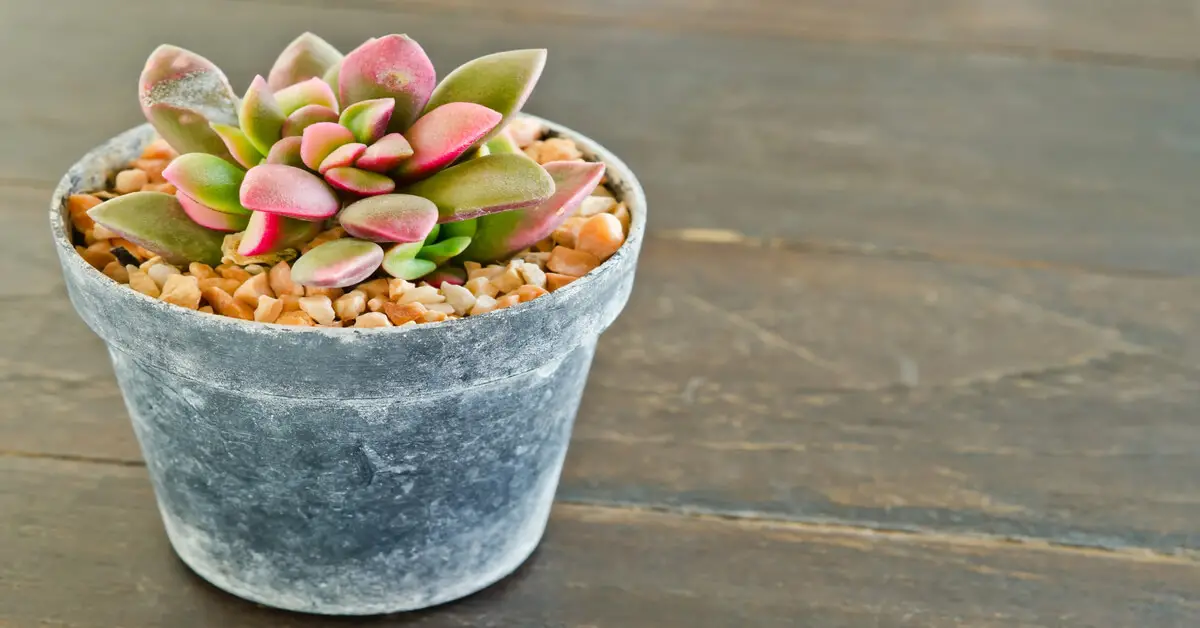
Plants in the Echeveria genus are perennial succulents in the family Crassulaceae. Like other succulents, they are good at reducing humidity because their leaves absorb and retain air moisture.
Echeveria spp. can also produce aerial roots. Aerial roots can form when plants aren’t getting enough water and/or if the surrounding air is humid. When Echeveria spp. produce aerial roots, they will absorb even more humidity from the air indoors.
Sedum spp.
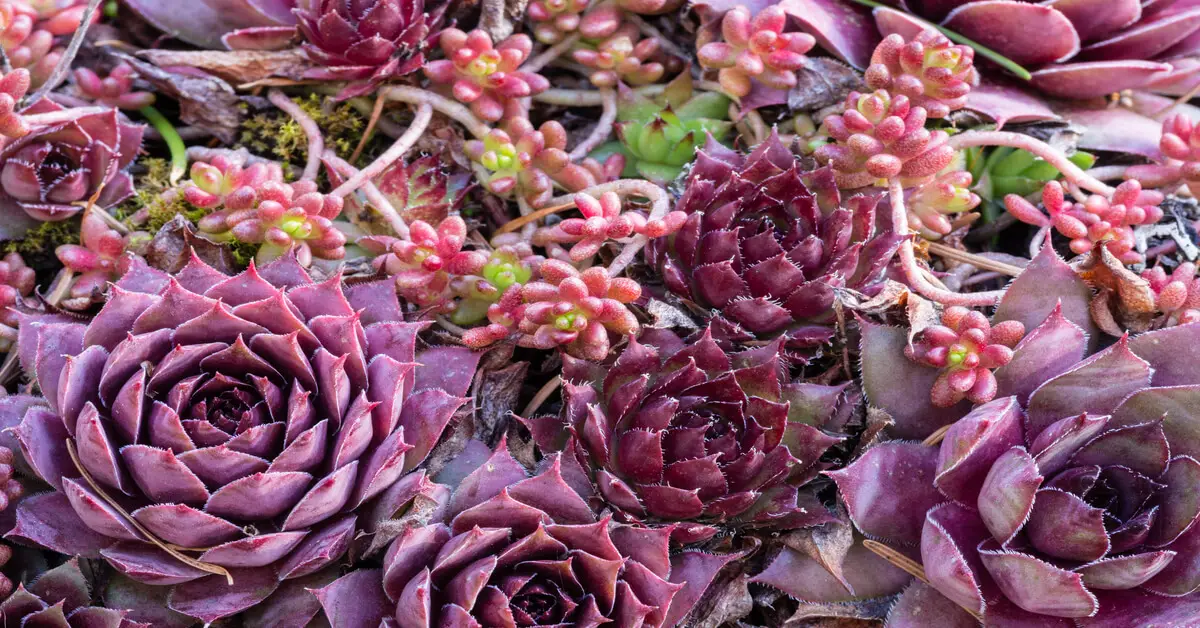
Sedums spp. are another genus of perennial succulents in the family Crassulaceae. These xerophytes have evolved to thrive in places that don’t get much rain.
They work well as humidity-reducing plants because their leaves absorb and retain water from the air. They also don’t have to be watered very often. That means you won’t have soil constantly contributing to indoor humidity levels when growing these plants.
Prickly Pear (Opuntia spp.)
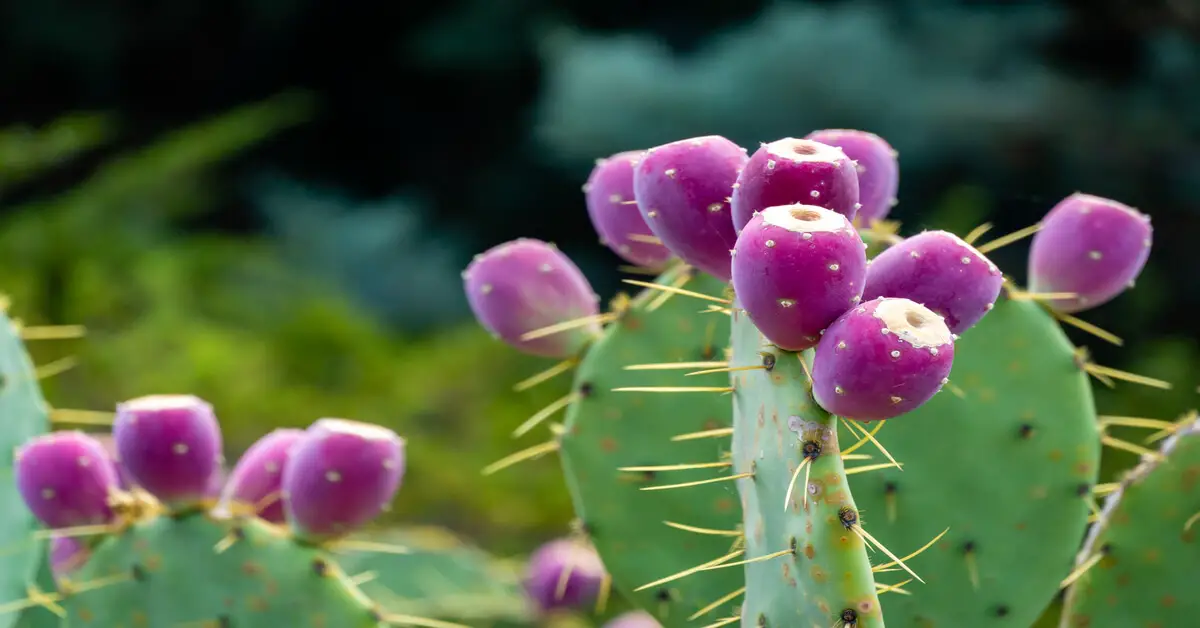
The prickly pear is a perennial member of the cactus family (Cactaceae). These plants have also evolved to survive in arid climates with little rainfall. They rely on their spines, trichomes, and glochids to absorb moisture from the air[2]. This allows them to serve as humidity lowering houseplants.
Trichomes are small hair-like structures and glochids are hair-like spines that often have a hook on the end. They provide a surface area where water can condense overnight. The water can then be pulled into the cactus stem for storage.
References
[1] Bhangu, P., Singh, S., Brasil, C., Ziya, Z., Lee, K.M., & Prum, R. (2022). Succulence. Stanislaus State College Department of Biological Sciences.
[2] Masrahi, Y. S. (2020). Glochids microstructure and dew harvesting ability in Opuntia stricta (Cactaceae). Journal of King Saud University-Science, 32(8), 3307-3312.

